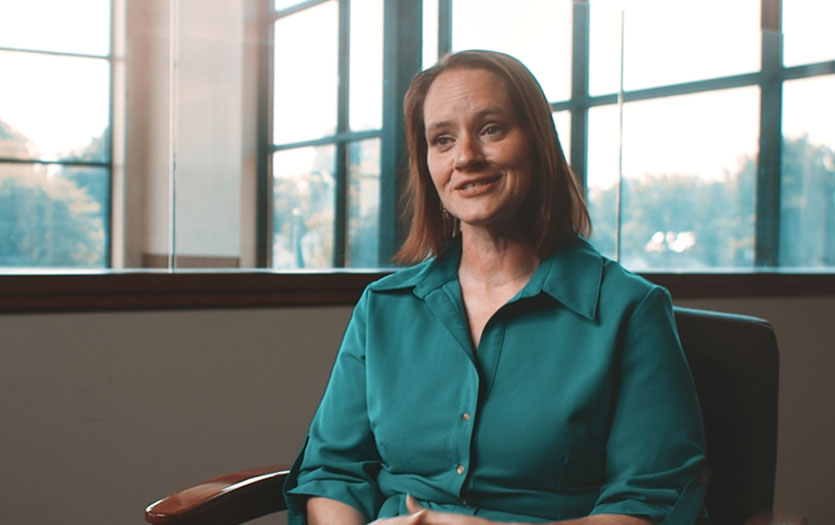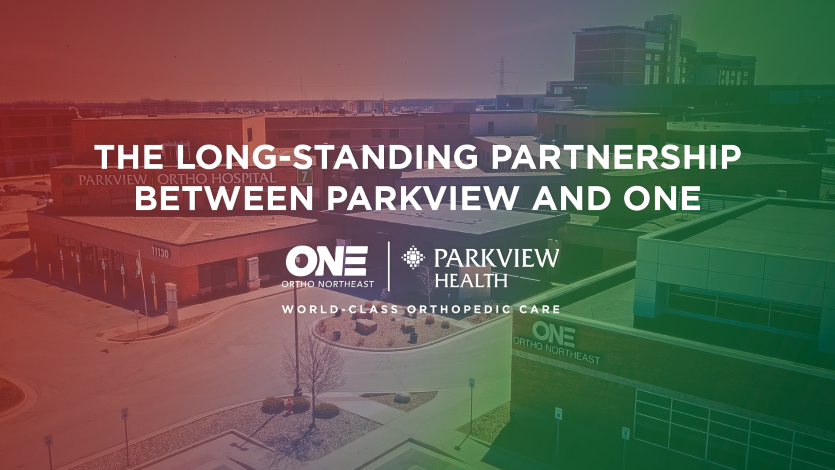Through a range of conditions and situations, our population is dealing with a significant pain problem. Whether acute or chronic, the discomfort that accompanies an injury or disease can be debilitating to one’s routine. Kenneth Austin, MD, Parkview Comprehensive Pain Center, shares common practices for those experiencing pain on a regular basis.
National estimates of the prevalence of chronic pain in the U. S. are 14.6 percent, of a population of approximately 319 million people. The estimated prevalence of daily pain in our society is about 16.2 percent. Clearly, these numbers are substantial.
Comprehensive Chronic Pain Therapy offers a full range of the latest treatments, therapies and interventions for chronic pain for patients in the Fort Wayne area and surrounding communities. These therapies are consistent with state and national guidelines and recommendations, for the safe and effective treatment of the full spectrum of chronic pain conditions. They are also patient centered, with a focus on improved function and return to normal activities, with less focus on pain scores and narcotics.
Start with a diagnosis.
The ideal approach is to utilize patient history and physical exams, along with screening tools, risk assessments, X-rays, CT scans, MRIs, NCS and EMGs. We must first determine if the pain condition is acute, chronic or cancer related.
Acute pain – Result of recent injury or surgery
Chronic pain – Lasting more than 3 months, beyond normal healing period
- Chronic pain is further delineated into Nociceptive versus Neuropathic pain.
Nociceptive pain – Bone, muscle, tissue injury (osteoarthritis)
Neuropathic pain – Nerve injury, (sciatica, diabetic/peripheral neuropathy)
Cancer related pain – Severe pain, requiring palliative therapy

Utilizing therapy.
There are four common approaches to addressing discomfort.
Four pillars of therapy:
1. Physical Therapy
2. Cognitive Therapy
3. Interventional Therapy
4. Pharmacologic Therapy (non-narcotic/narcotic)
Physical Therapy (1st Pillar)
Unless contra-indicated, we typically start here, with a focus on improved function and return to normal activity. Studies have shown, and been repeatedly reproduced to show, that patients with chronic pain (low back and osteoarthritis) do better with improved pain scores and increased activity after physical therapy and regularly scheduled exercise.
Cognitive Therapy (2nd Pillar)
We will use this approach as an attempt to rule out any psychiatric a psychiatric basis or contribution to pain. We aggressively utilize behavioral health resources to optimize psychiatric diagnosis, including anxiety and depression, to improve chronic pain coping strategies for chronic pain patients. Most comprehensive pain centers should include on-site cognitive therapy personnel. Multi-disciplinary chronic pain rehab programs, such as three-week outpatient day programs, which include services such as physical therapy, cognitive therapy and relapse prevention, are helpful. The focus of these types of programs is a return to normal activity and function.
Interventional Therapy (3rd Pillar)
Here we would aggressively pursue surgical consultation, if warranted. Pain clinic interventions should include the full spectrum of nationally recognized pain blocks,injections and procedures.
Conditions treated should include:
- Headaches/Atypical Facial Pain
- Head and Cervical Neck Pain
- Fibromyalgia/Myofascial Pain Syndrome
- Shoulder/Arm Pain
- Thoracic/Chest Wall Pain
- Lumbar/Low Back Pain
- Abdominal/Pelvic Pain
- Hip/Knee/Leg Pain
- Reflex Sympathetic Dystrophy/Complex Regional Pain Syndrome o Cancer Related Pain
- Vertebral Compression Fractures
- Neuromodulation/Spinal Cord Stimulation/Intrathecal Pain Pump
Pharmacologic Therapy (4th Pillar)
As a general rule, non-narcotic medication should be optimized.
For Nociceptive pain, there are several options. Acetaminophen is an effective pain reliever for osteoarthritis. For Neuropathic pain, non-steroidal anti-inflammatory drugs are effective pain relievers. Anticonvulsants, SNRIs and TCAs should be optimized for muscle spasms, and muscle relaxants are also an option.
Narcotic Therapy should be considered a last resort. Professionals are expected to use extreme caution when initiating this form of therapy.
- In the U.S., since 1999, there have been more than 140,000 deaths related to opioid prescription medication.
- In the past decade, while death rates for heart disease and cancer have decreased substantially, the death rate associated with prescription opioid pain medication in the U. S. has increased.
- In 2013, an estimated 1.9 million people abused, or were dependent on prescription pain medication.
Prescribers should follow state and national guidelines, limiting the use of high dose, long acting/extended release narcotics for chronic pain therapy. A healthy respect for all prescribed narcotics should be utilized, providing the lowest effective dose. The focus here, again, is on improved function and activity, and a return to normal activity.
If you have questions about the treatment of chronic pain, would like a consultation or to schedule an appointment, please contact the Parkview Comprehensive Pain Center at (260) 266-5370.




